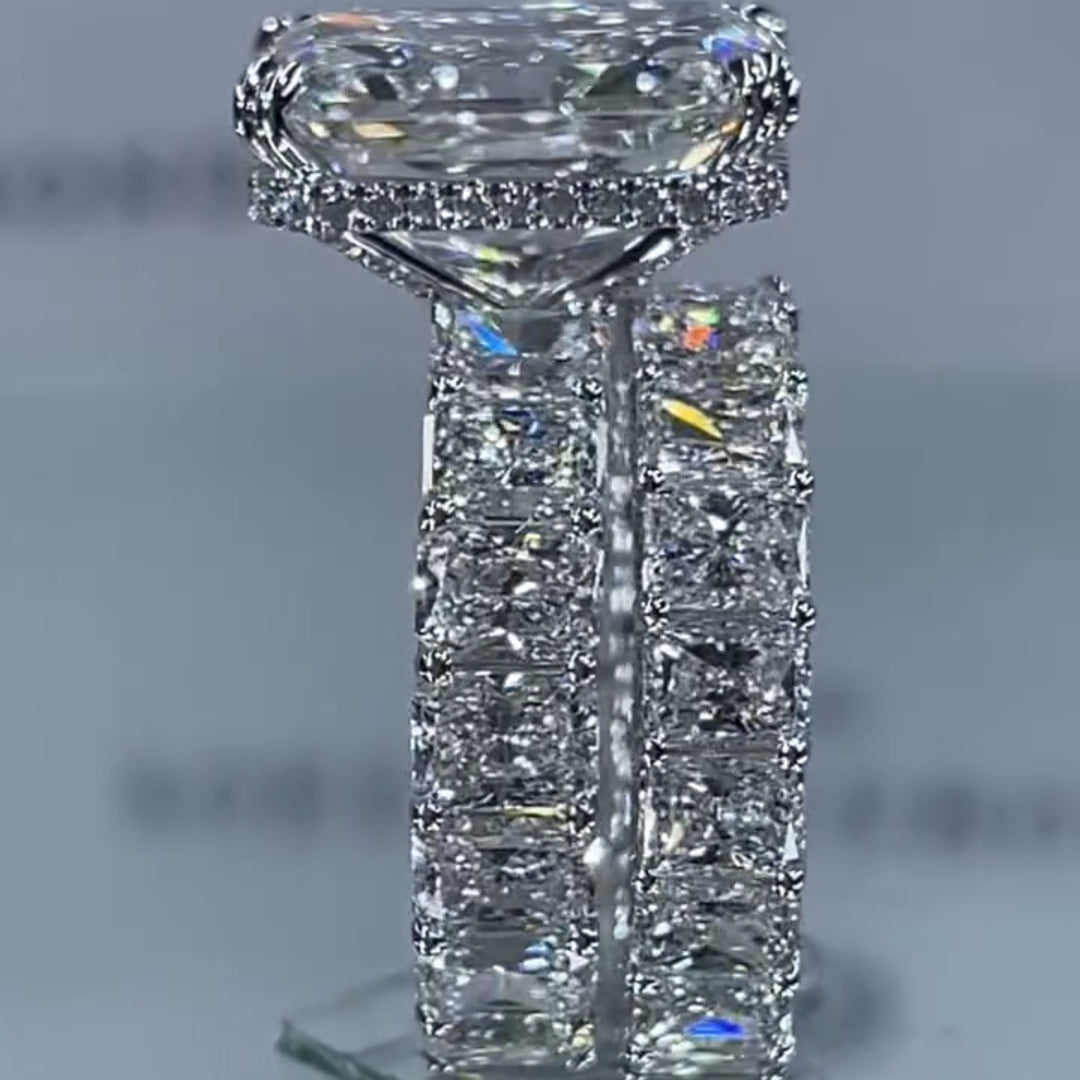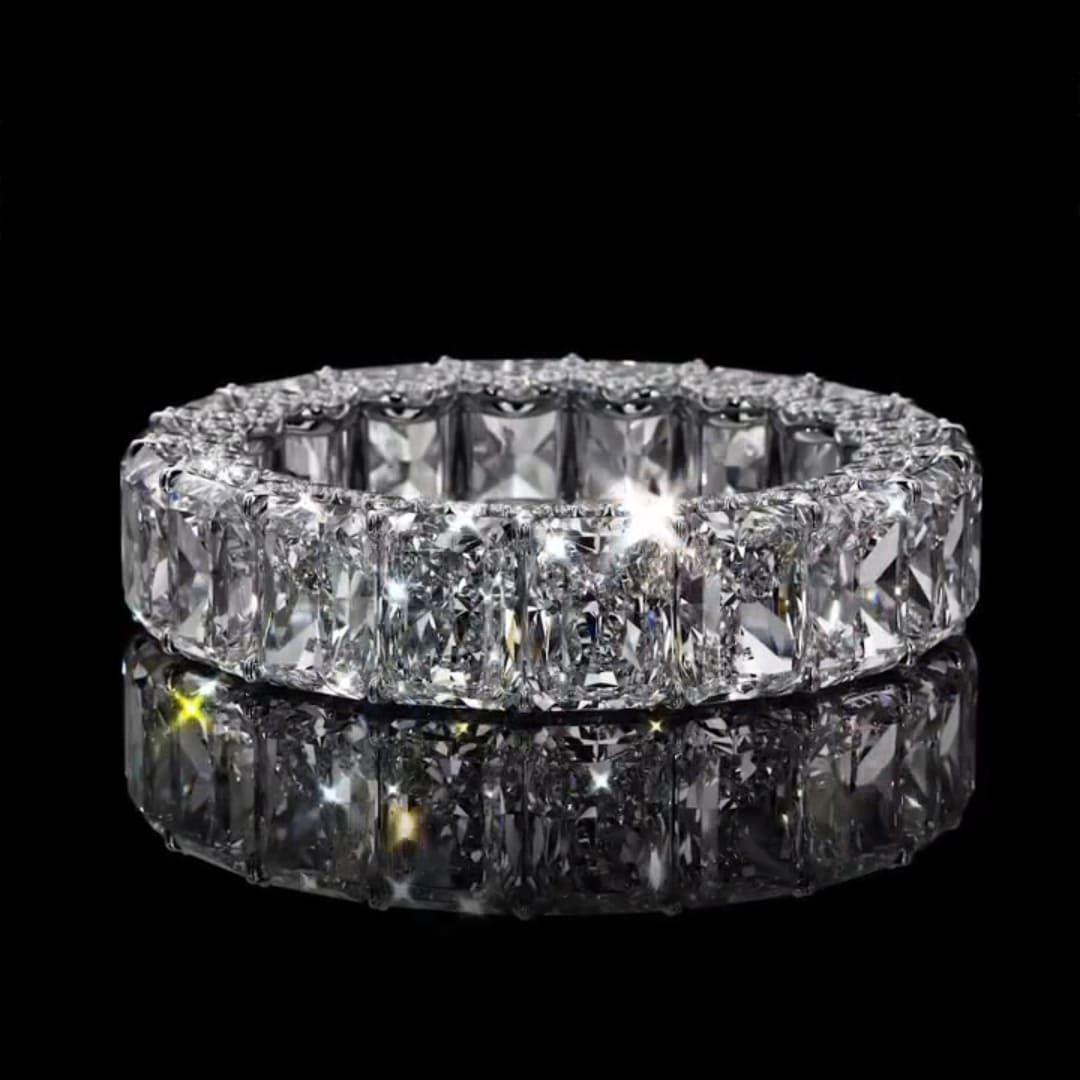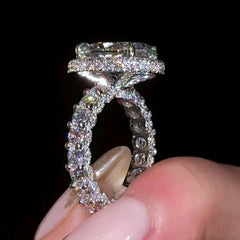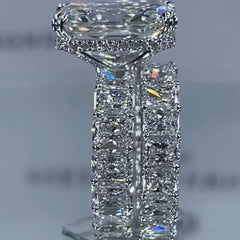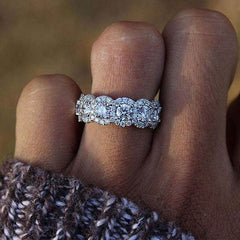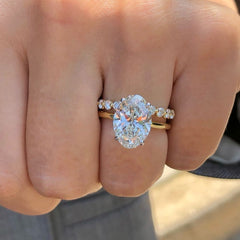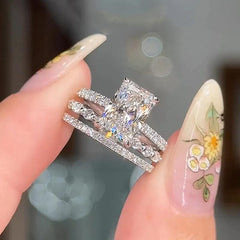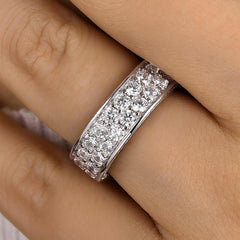
What Is a Lab Grown Diamond?
Lab grown diamonds are diamonds created in a laboratory environment. They are chemically, physically, and optically identical to natural diamonds.
Diamond Shape
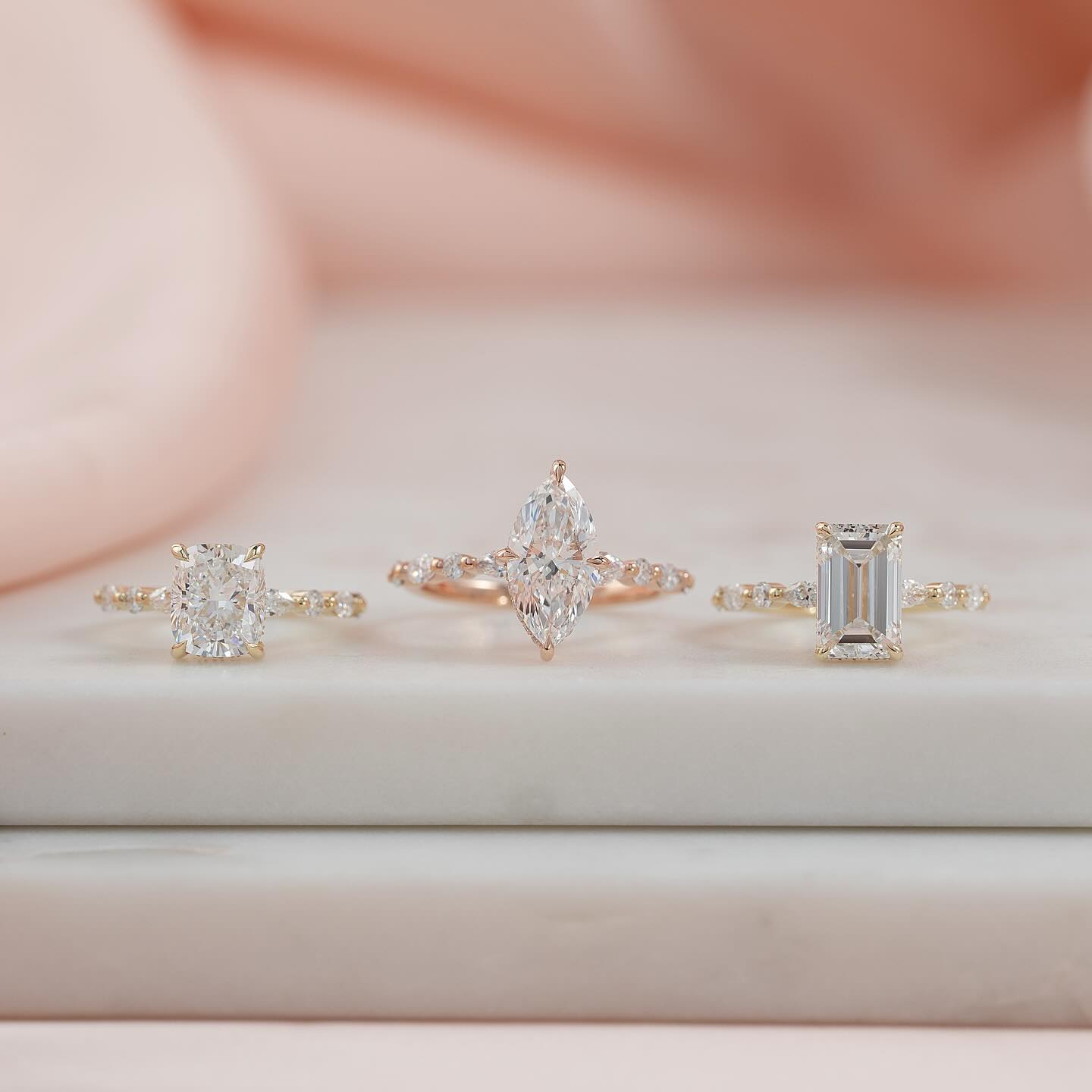
What Is a Lab Grown Diamond?
Lab grown diamonds are real diamonds created in a controlled environment. They are produced using two methods: the High Pressure, High Temperature (HPHT) process, which replicates the natural formation of diamonds within the Earth, or the Chemical Vapor Deposition (CVD) process.
Both methods start with a pure carbon seed arranged in a crystalline structure, resulting in a lab diamond that is chemically, physically, and optically identical to a mined diamond. Lab grown diamonds are available in classic colorless varieties as well as rare fancy colors.
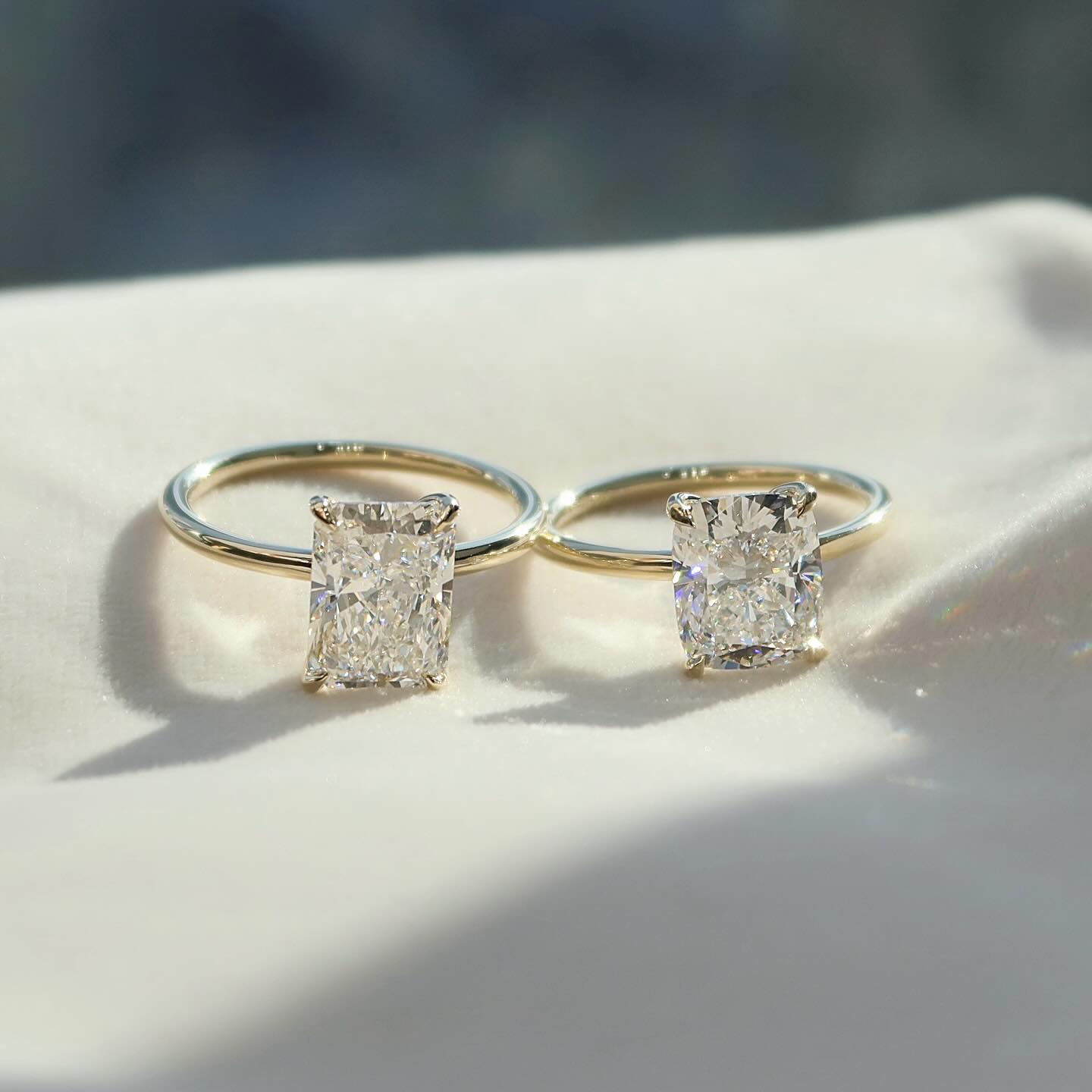
Are Lab Grown Diamonds Real?
Yes, lab grown diamonds are real diamonds. The only difference is their origin—lab diamonds are created in a controlled setting, while natural diamonds form deep within the Earth. Chemically, physically, and optically, they are identical.
A common myth is that lab diamonds lack the qualities of natural ones, but they are indistinguishable to the naked eye. Only experts using advanced equipment can detect slight differences in growth patterns.
Lab diamonds are graded the same way as natural diamonds, based on the four Cs—cut, color, clarity, and carat weight. Reputable labs like GIA and IGI certify them using the same standards.
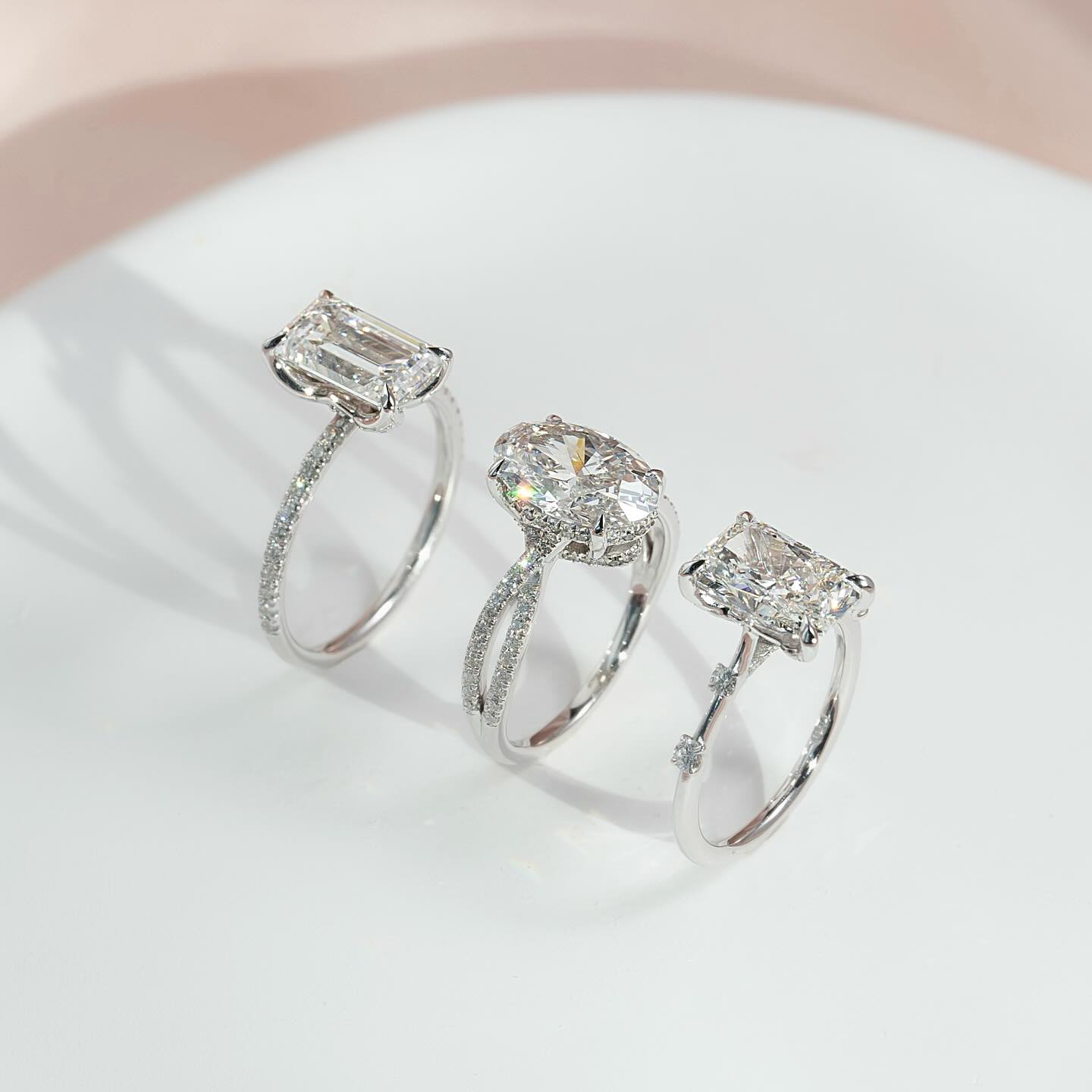
Lab Grown vs. Natural Diamond
The only difference between natural and lab created diamonds is their origin. Natural diamonds form over billions of years under extreme conditions, while lab diamonds grow in weeks or months from diamond seeds with the same chemical composition. Without specialized equipment, they are nearly indistinguishable.Although they are physically identical, here’s how they differ:
Origin
Lab grown diamonds are produced in a controlled laboratory setting, while natural diamonds are mined from the Earth.
Price
Lab grown diamonds generally cost less than natural diamonds of similar quality.
Rarity
Natural diamonds are much rarer than lab grown diamonds. Their limited supply makes them highly valued and often passed down through generations.
Buy Solarii jewelry and have a chance to win Lab Grown Diamond Jewelry

How Are Lab Grown Diamonds Made?
Lab grown diamonds start as tiny carbon seeds and form through two methods: High Pressure High Temperature (HPHT) and Chemical Vapor Deposition (CVD). Both mimic natural diamond growth, producing identical gems in six to ten weeks before being cut and polished.
Types of Lab Grown Diamonds
To the naked eye, natural, HPHT, and CVD diamonds appear identical. Only gemologists can detect subtle differences in growth patterns, though both methods produce durable, high-quality diamonds.
HPHT Lab Diamonds
This method replicates natural diamond formation by exposing a diamond seed to over 2,000°C heat and 1.5 million psi pressure, causing carbon atoms to crystallize into a diamond.
CVD Lab Diamonds
CVD diamonds grow from a thin diamond seed in a vacuum chamber with carbon-rich gas. When heated, the gas breaks down, layering carbon onto the seed until the diamond reaches its full size. Some undergo extra heat and pressure treatment.
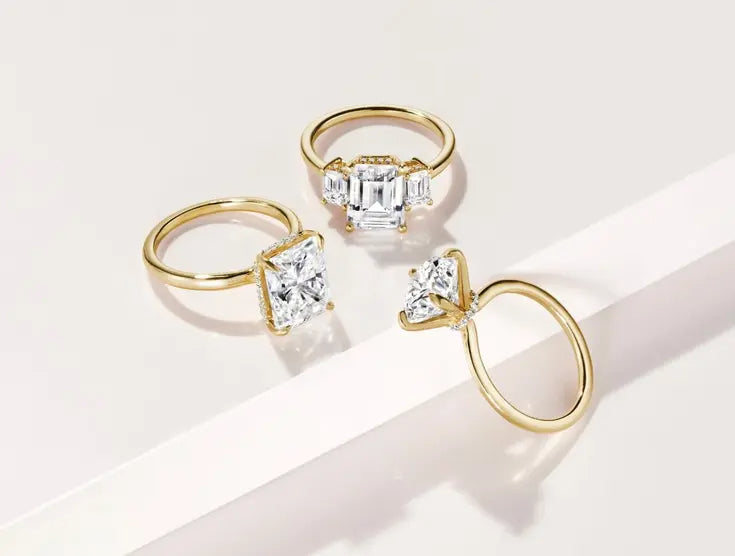
Difference Between Lab Grown and Natural Diamonds
To the untrained eye, lab grown and natural diamonds appear identical. However, gemologists can detect subtle variations in their internal structure and inclusions under high magnification. Specialized equipment can identify growth patterns unique to lab created diamonds, such as fluorescence characteristics and distinctive internal structures.
Identifiers of Lab Grown Diamonds
Internal Growth Patterns: HPHT and CVD diamonds may display different growth structures compared to the octahedral growth pattern of natural diamonds. These minor differences are only visible under gemological equipment.
Inclusions: Natural diamonds often contain inclusions from minerals, while lab grown diamonds may have metallic inclusions or other markers related to their formation process.
Laser Inscription: Many lab created diamonds have microscopic laser inscriptions on the girdle, marking them as lab grown.


